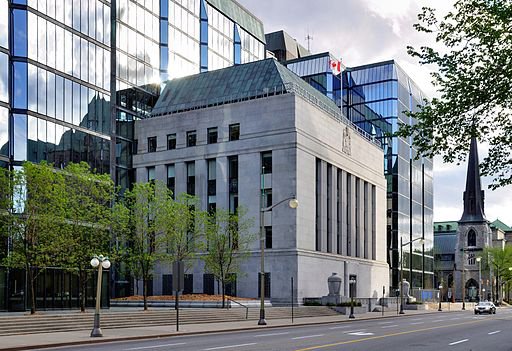
Tim Shufelt
Sept. 17, 2020
Whatever surprises the economy has in store over the next few years, financial markets can count on one constant source of support – rock-bottom interest rates.
On Wednesday, the U.S. Federal Reserve signalled a high probability that it will keep rates near zero until at least the end of 2023. The Bank of Canada is widely expected to follow a similar course.

The flood of fiscal and monetary stimulus unleashed in 2020 goes a long way to explaining why stock markets are trading close to record highs despite a continuing global economic shock of historic proportions. The promise of indefinite stimulus is giving many market players the confidence to look past the coronavirus pandemic and toward the return of economic normalcy two or three years down the road.
On that measure, stock valuations don’t look as crazy as current indicators suggest.
Judging by this year’s depressed level of corporate earnings, U.S. stocks are indeed trading in rarefied air. The price-to-earnings ratio for the S&P 500 Index sits at roughly 23 times, using consensus profit estimates for the year ahead. That’s the highest reading in almost 20 years. It’s a similar story in Canada, with the S&P/TSX Composite Index trading at roughly 20 times forward earnings.
But the market is not really trading on near-term corporate performance, Robert Kavcic, senior economist at Bank of Montreal, said in a note to clients.
“If we use earnings two years forward, the market is trading right in line with where it did pre-COVID,” he said. For the S&P 500, that translates to a much less scary multiple in the 16 to 17 range.
In other words, the consensus base case is already incorporating a full rebound in earnings, which itself is a derivative of the overall economic comeback.
After the pandemic’s initial growth shock was out of the way, the global economy has rejuvenated quicker than many expected. By many measures, this has been the strongest rebound from a worldwide recession on record.
“To provide some perspective, developed economies reclaimed more than half of their lost economic output over the span of just three months,” wrote Eric Lascelles, chief economist at RBC Global Asset Management. But, Mr. Lascelles cautions, “recovering the other half is likely to take the better part of two years.”
The initial snapback was led by the segments of the economy that were not directly impaired by the pandemic, but were stifled by the sweeping economic lockdowns imposed in the spring.
These industries – essentially everything outside of hospitality, travel and energy – representing about two-thirds of the Canadian economy realized a V-shaped recovery, or close to it, as the spread of the coronavirus slowed and restrictions lifted.
The global resurgence unfolded with similar speed, causing economists everywhere to recalibrate their forecasts. On Wednesday, the Organization for Economic Co-operation and Development upgraded its 2020 growth forecast to negative 4.5 per cent. While still more severe than any other global contraction in modern history, it’s a significant improvement from the 6-per-cent hit the OECD had pegged three months ago.
Still, Canada, like the rest of the developed world, is in a deep economic hole.
By the end of September, Canada’s real economic activity will likely remain 4.8 per cent below precrisis levels. That compares with just a 4.4-per-cent decline in real GDP at the worst of the global financial crisis more than a decade ago.
“The current meteoric ascent in activity will only lift us to troughs seen during the darkest days of the worst global recession,” said Benjamin Tal, deputy chief economist of Canadian Imperial Bank of Commerce.
Just getting back to baseline will require a substantial improvement in those industries and sectors still stuck in the pandemic’s grip, including restaurants, hotels and travel. The energy sector is also among this group, with crude oil prices squeezed by lower global demand and drilling activity in the oil patch a small fraction of what it was a year ago.
Chances are, the worst of the overall economic carnage from the pandemic is over. “Subsequent waves of the virus have not required as austere social distancing rules as the first wave, because governments, businesses and households are getting better at maximizing activity while minimizing risk,” Mr. Lascelles at RBC said.
But a full economic normalization likely won’t happen for at least three years. So it will be a long time before the economy is strong enough for central banks to even consider hiking rates.
This Globe and Mail article was legally licensed by AdvisorStream.
© Copyright 2024 The Globe and Mail Inc. All rights reserved.


